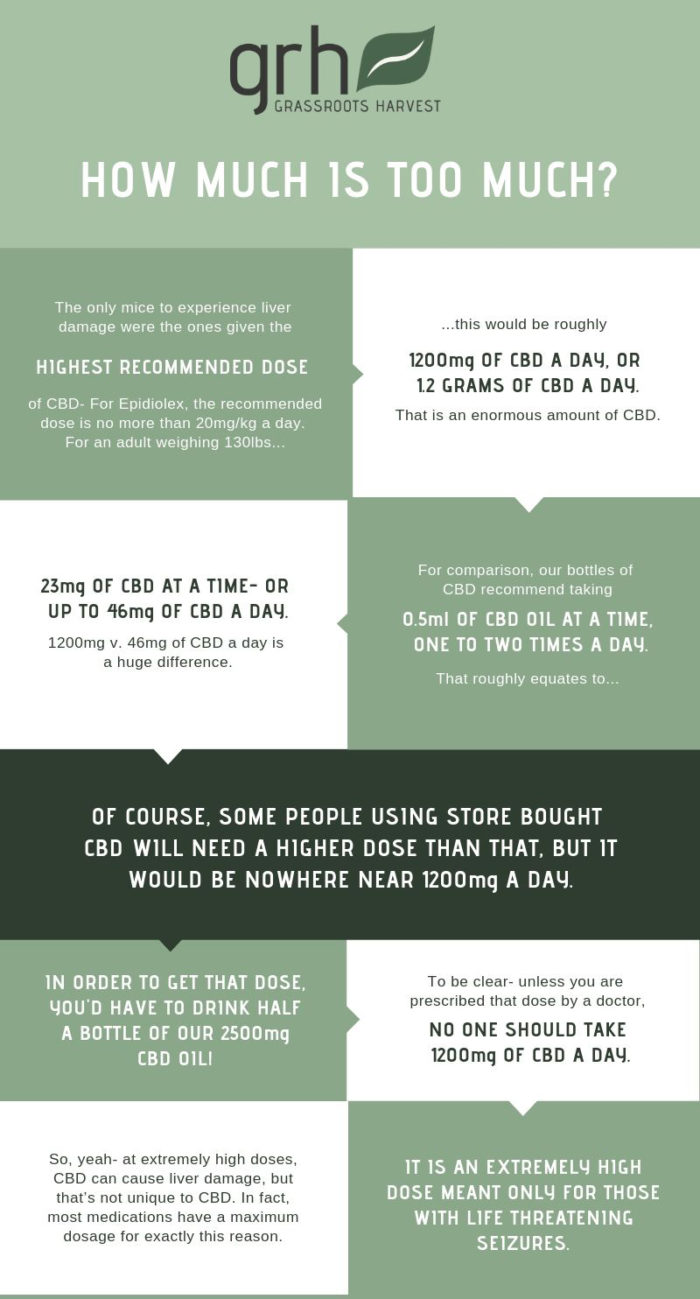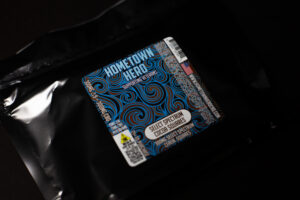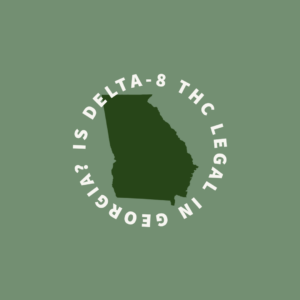There’s quite a lot of research being done on CBD at the moment.
In 2019 alone, we’ve seen a huge influx of CBD studies get rolled out. Even if many of these studies are only preliminary findings and not conclusive evidence on CBD, it’s still good to stay up-to-date with what’s going on in order to be informed.
We’ve gathered up a few recent studies on CBD that we think are especially noteworthy, and today we’re going to share those with you!
To be clear- our CBD is not intended to diagnose, treat, cure or prevent any disease. We merely feel it is important to spread the quickly-growing sea of information on CBD to as many people as possible!
First Things First- CBD & Liver Damage
Molecules: “Hepatotoxicity of a Cannabidiol-Rich Cannabis Extract in the Mouse Model”
A recent study published in the journal Molecules made headlines after announcing that they found CBD caused liver damage. Major news publications, including Forbes, took the alarming news and ran with it, releasing articles detailing the study and the newfound dangers of CBD.
The Catch?
As it turns out, the study in Molecules wasn’t as trustworthy as it seemed.
First of all, the doses given to mice in the study were meant to replicate recommended doses of Epidiolex, an anti-seizure drug that’s the only CBD-based prescription drug currently approved by the FDA.
But the doses meant to replicate Epidiolex… didn’t. The doses given to mice in the study were unbelievably large- so large that the mice would almost certainly be killed. Whatever equation the researchers used to calculate an ‘equivalent dosage’ of CBD was likely inaccurate. As an article from Project CBD stated, “the maximum human dosage recommended for the CBD-isolate Epidiolex is 20 mg/kg, which is over 100x less than what the Little Rock researchers force fed their experimental mice.” Giving mice 100x the recommended amount of CBD and calling it equivalent feels far-fetched at best, and purposefully deceitful at worst.

On top of that, a statement regarding the results of their study seriously called the whole thing into question. A quote from the abstract states: “75% of mice gavaged with 615 mg/kg developed a moribund condition.”
What’s wrong with that, you ask? In that statement, they’re discussing a group comprised of 6 mice. 75% of 6 is 4.5. How, pray tell, do you get four and a half dead mice?
These two factors make it fairly clear that the Molecules study is skeptical at best. By using extremely large doses of CBD and writing it off as the ‘equivalent’ of an Epidiolex dose, the study began with highly dubious tactics, and the bad math involved in their results sums up the rest of the study: It’s probably not trustworthy.
On the Flip Side…
Journal of Cellular Physiology: “Cannabidiol protects livers against nonalcoholic steatohepatitis induced by high‐fat high cholesterol diet via regulating NF‐κB and NLRP3 inflammasome pathway”
Another recently-published study, this one from the Journal of Cellular Physiology, found the exact opposite results from that fishy Molecules study mentioned above. In this study, CBD was found to protect liver from damage that results from a high fat/high cholesterol diet. Rats were fed a high-fat high-cholesterol diet, and from there they were given CBD & monitored for liver dysfunction.
What they found was unexpected: in this study, CBD was found to have protective abilities by preserving the homeostasis and function of the liver, even under distress. In this study, the livers of mice were purposefully made unhealthy in order to replicate a long-term high-fat/high cholesterol diet. Despite the damaging diet given to the mice, CBD was found to significantly reduce the inflammatory response in the liver, thereby reducing inflammation-based damage.
Now here’s the thing: with two studies showing such opposing results it’s hard to say which one is right.
That being said, we will point out one more time that some pretty major issues have been found with the Molecules study showing CBD’s liver toxicity- it’s certainly possible that extremely large doses of CBD could cause liver damage, but we shouldn’t draw conclusions on the safety of CBD based on that study alone.
Unexpected Avenues
Presentation from University of North Texas: “Treatment of hyperbaric oxygen combine with cannabidiol promote recovery of brain damage in newborn rats with hypoxia-ischemia”
There are studies being conducted on CBD that deal with less widely-known medical conditions that are nonetheless desperately in need of effective therapies.
Researchers with the University of North Texas conducted a study on a type of brain damage they say only has a “limited body of work on effective therapies,” called hypoxic-ischemic encephalopathy, or HIE.
What Is HIE?
Hypoxic= Lacking oxygen, Ischemic= Restricted blood flow, Encephalopathy= Affecting the brain
HIE is brain damage that results from a loss of oxygen and/or blood flow to the brain that most often affects newborns before or during birth. HIE is one of the most common types of brain damage, and is a leading cause of death or severe impairment in infants.
HIE is a serious condition and causes permanent brain damage. However, there are things that can be done in order to help an infant with HIE. One of the most common treatments for HIE is hyperbaric oxygen chambers. The hyperbaric oxygen chamber allows an individual to inhale 100% oxygen in a pressurized environment, which spikes blood oxygen levels 2000x higher than usual. The oxygen-rich blood theoretically increases tissue function and healing, which is critical for those with a recent brain injury.
In this study, researchers decided to see if hyperbaric oxygen chamber therapy could be improved by adding CBD into the mix.
In the study, rat pups were purposefully given hypoxic ischemic brain injuries and then treated with either 1. hyperbaric oxygen chamber only, 2. CBD only, 3. hyperbaric oxygen chamber + CBD, or 4. Neither.
Results- They found that the rat pups given treatment of any kind, hyperbaric chamber, CBD, or both, fared much better than the rat pups who received no treatment when it came to cognitive tests and brain mass. However, the rat pups receiving both the hyperbaric chamber and CBD treatment fared better than either alone. While both methods were effective on their own, the two together clearly produced the best results.
This study certainly isn’t conclusive evidence for using CBD as a treatment for HIE, but it does point out an avenue of possibility that is truly unexpected. Hypoxic ischemic encephalopathy, and all forms of brain injury, are devastating for those involved, so findings like this pointing to potential benefits for brain injury are incredibly important.

CBD isn’t a cure-all. But the research being published makes it clear that the benefits of this little cannabis compound are probably more vast than we could’ve ever guessed. We’ve still got quite a way to go before we truly understand CBD, how it works, and all the good it can do- but we’re excited to keep on learning with you!
Check back for updates to CBD research in a couple months!
Interested in learning more about CBD? Check out our CBD FAQ here!
Want to learn about other recent studies on CBD? Check out our blog post about it here!



